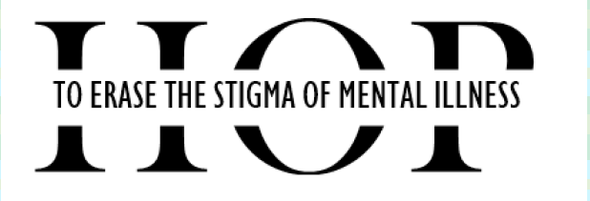
To Share Lived Experience Or Not? This Free Course Can Help You Decide.

The Art That Doesn't Know Its Name
Bringing Outsider Art In

On Monday I left New York, for the second leg of my Winston Churchill Travel Scholarship research trip to Chicago, which meant that I took the first of two internal USA flights.
It was a little bit like getting on the train to London to be honest, including the fact that people are allowed to travel with cats and dogs! Apparently up to seven cats and dogs are allowed on each flight. Who knew?!
Two hours and 20 minutes after leaving New York I landed at Chicago’s O’Hare Airport and decided to share a shuttle taxi to the hotel. I found myself in the middle of a group of people heading to a Postal Convention!
As soon as I left the relative warmth of the Arrival hall, the cold air of Chicago hit me and there was snow as far as I could see. In the shuttle car, the temperature display read -10 degrees.
My 8 fellow passengers, plus the driver and I, hit the highway to downtown Chicago. The roads were really busy because it was rush hour, but everyone was really friendly and completely fascinated by the fact of my Scholarship. In no time I arrived at the hotel and back into the warmth.
After being shown to my room, I opened the curtains to find a wall as my view – a very nice wall, but still a wall. A week of looking at that wasn’t going to be ok, so I paid $20 and upgraded to a front view. As my fourth week of travelling starts, I’ve come to realise that a sense of what’s outside is really important, otherwise you can actually start to feel quite isolated, something I hadn’t actually considered when selecting the hotels for this trip.
So, where and what am I doing during this second leg of my trip? Well, more of the same really – still researching Outsider Art practice and looking at the 5 key areas, although other interesting elements are creeping in, especially the conversations I’ve had about bodies of artwork that are discovered posthumously.
On Wednesday and Saturday, I’m spending the day at Intuit: The Center for Intuitive and Outsider Art, with curators and artists discussing the approach of the Centre, which was established in 1991, and houses ‘a legendary collection of Outsider art’ including the work of artist Henry Darger.

I’m spending part of Wednesday at the Chicago Health Disparities Centre talking about stigma with Patrick Corrigan, who is Distinguished Professor of Psychology at the Illinois Institute of Technology. Currently, he is principal investigator of the National Consortium for Stigma and Empowerment. I think it will be a fascinating discussion!
On Friday, snow permitting, I’m spending the afternoon with John Maloof, who made the Oscar nominated documentary Finding Vivian Maier. I’m sure our conversation will include works discovered after an artist dies.
‘Finding Vivian Maier is the critically acclaimed documentary about a mysterious nanny, who secretly took over 100,000 photographs that were hidden in storage lockers and, discovered decades later, is now among the 20th century’s greatest photographers. Directed by John Maloof and Charlie Siskel, Maier’s strange and riveting life and art are revealed through never before seen photographs, films, and interviews with dozens who thought they knew her.

‘Maier’s massive body of work would come to light when in 2007 her work was discovered at a local thrift auction house on Chicago’s Northwest Side. From there, it would eventually impact the world over and change the life of the man who championed her work and brought it to the public eye, John Maloof.
Currently, Vivian Maier’s body of work is being archived and cataloged for the enjoyment of others and for future generations. John Maloof is at the core of this project after reconstructing most of the archive, having been previously dispersed to the various buyers attending that auction. Now, with roughly 90% of her archive reconstructed, Vivian’s work is part of a renaissance in interest in the art of Street Photography’. [http://findingvivianmaier.com]
Sunday will probably be spent trying to squeeze my ever-growing possessions into my case ready for the flight to San Francisco on Monday morning. Leaving New York, at the check in desk, my case was half a kilo over and I had to, embarrassingly, quickly remove some things and put them in my hand luggage!
I’ll update this blog as this week’s meeting end encounters take place.